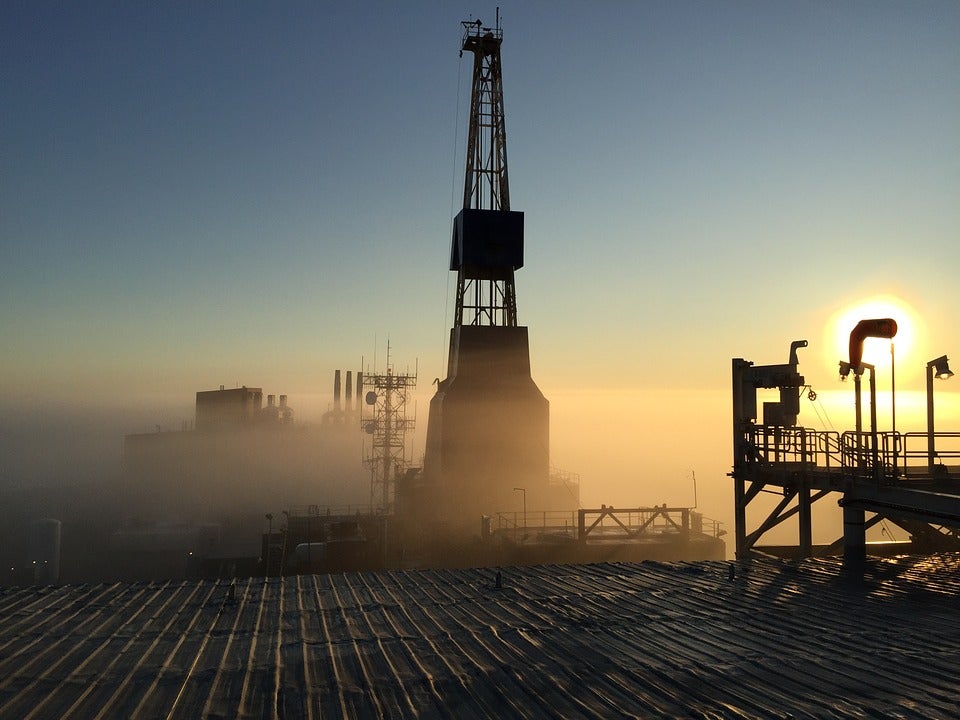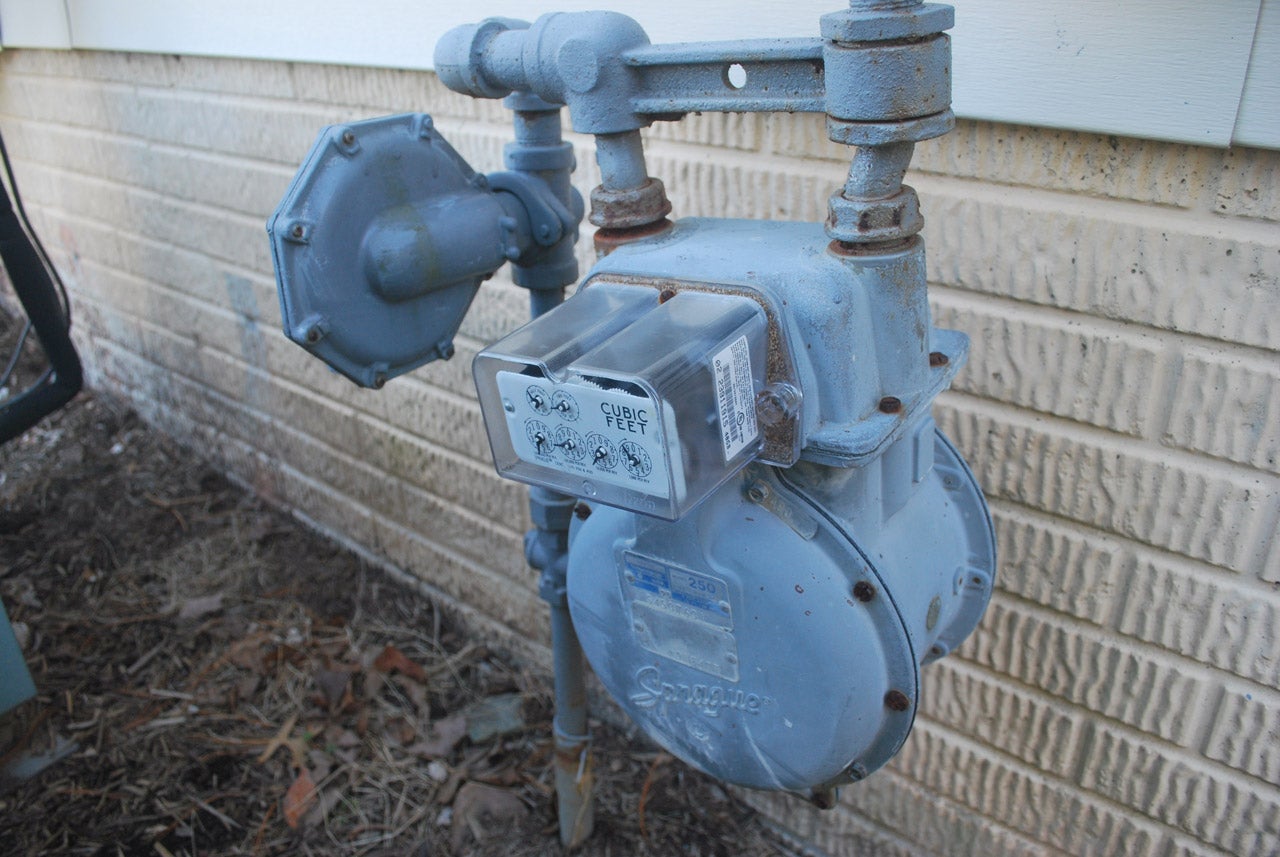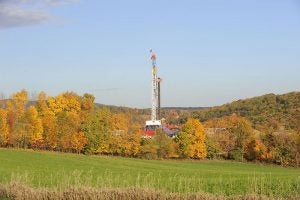 For years, people used satellites to observe the Earth’s climate. Now, orbital sensing offers a crucial new way to protect it, by giving us new abilities to identify, measure, and ultimately verify cuts in emissions of methane – a highly potent greenhouse gas.
For years, people used satellites to observe the Earth’s climate. Now, orbital sensing offers a crucial new way to protect it, by giving us new abilities to identify, measure, and ultimately verify cuts in emissions of methane – a highly potent greenhouse gas.
Two new pieces of research led by EDF scientists demonstrate the growing potential of space-based monitoring tools, and offer a preview of things to come when EDF launches its own dedicated methane satellite in 2021.
Offshore Flaring in Mexico
First is a paper published this week in Geophysical Research Letters, explaining how researchers used space-based readings to calculate the enormous volume of natural gas being burned off (or “flared”) by oil and gas platforms in the Southern Gulf of Mexico. From 2005 and 2017, data from NASA’s Aura satellite show that operators flared as much as 710 billion cubic feet of gas per year.













 Five years ago, EDF initiated a series of
Five years ago, EDF initiated a series of